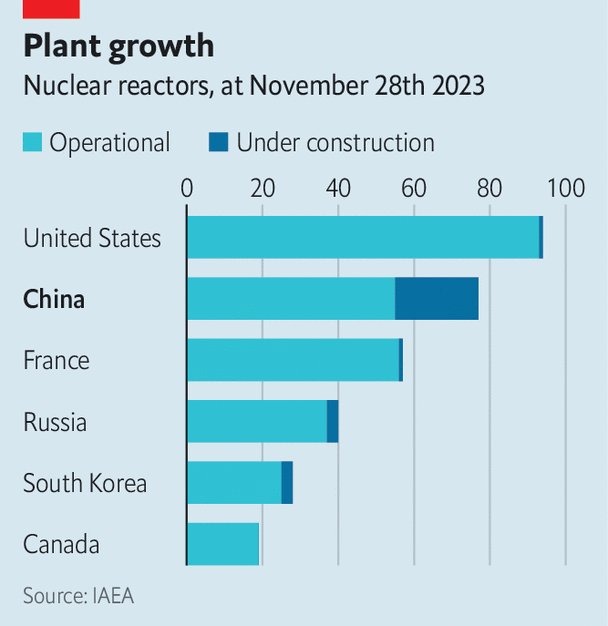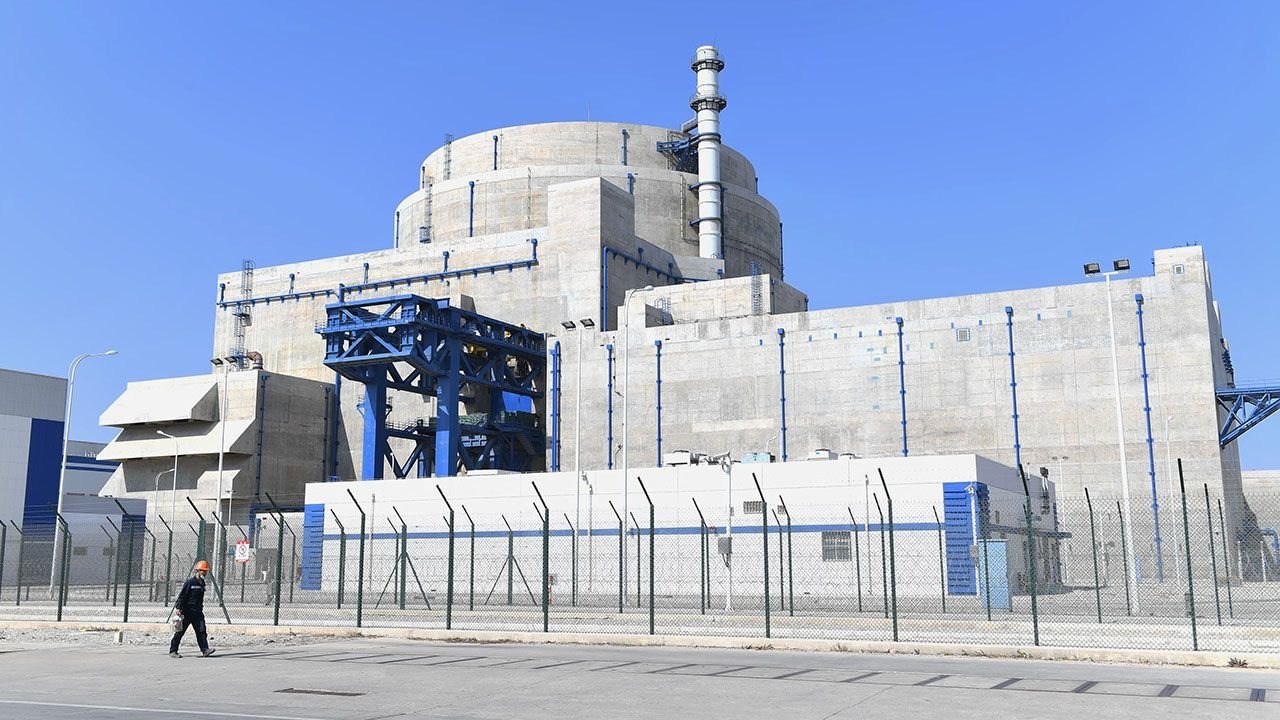In the era of the great energy transition, China takes a bold turn in its energy mix, on a path that has more than just wind and sun. By rapidly building dozens of nuclear reactors, China aims to position itself as a global leader in the industry. But is it a risk-free move? Let's see together, calmly.
Nuclear power: a strategic choice
For decades, the world has debated the future of energy. Nuclear power, often at the center of the debate, presents itself as a potential but controversial solution. China, which at the moment acts as a "locomotive" for the development of photovoltaic products, has decided to also focus heavily on the atom: in the last ten years, it has added 37 reactors to its energy mix, for a total of 55, exceeding speed every other country. While the growth of nuclear power is struggling to take off in the West, held back by high costs and long construction times, China has found a way to facilitate its development.
As? Thanks to low-cost government loans, land and licensing, and subsidies to nuclear power suppliers, the price of nuclear power in China is significantly lower than in other regions of the world. A strategic approach that makes nuclear energy an increasingly convenient choice for the country.
And what do we do with public opinion?
Nuclear safety It's a hot topic, especially after the Fukushima disaster in 2011. China responded cautiously, temporarily pausing its nuclear program and maintaining a ban on nuclear power plants in more densely populated areas. Despite this, nuclear energy does not appear to divide Chinese public opinion as it does in other countries. A factor that evidently makes a difference to Beijing's plan to phase out coal and become carbon neutral by 2060.
One of the biggest challenges in the field of renewable energy is its variability and dependence on climatic conditions. Nuclear, on the other hand, offers a more stable and continuous solution, suitable for satisfying the base load, i.e. the minimum power level necessary to guarantee the functioning of the electricity grid. China's nuclear power plants, located mostly along the coast, are strategically positioned to serve large urban centers, unlike most wind and solar energy projects.

Not just a "national" mix: the future is export-oriented
China doesn't just build reactors based on imported technologies. Most new and future reactors are based on Chinese designs, especially theHualong One. In addition to aiming for self-sufficiency, China aims to export this technology, having already signed agreements with countries such as Pakistan and Argentina. This technological independence makes it less vulnerable to export controls on advanced technologies, such as those imposed by the Biden administration.
And then of course there's the merger. Chinese researchers are busy developing nuclear fusion, which promises nearly unlimited energy with less radioactive waste. It remains a difficult goal to achieve, but Chinese progress in this field is also significant, with the record for the longest period of plasma confinement at high temperatures.
Energy mix: who will choose what
While China accelerates its race in the nuclear sector, as mentioned, the Western panorama presents itself in stark contrast. In many Western countries, nuclear technology is held back by environmental concerns, stringent regulations, and economic obstacles. This caution, while grounded in legitimate security and sustainability concerns, could leave the West in a vulnerable position in the global energy environment.
The risk is that the most "lukewarm" countries towards nuclear energy will soon find themselves surrounded by "nuclear" neighbors, in particular among the members of the BRICS (Brazil, Russia, India, China, South Africa and upcoming new entries), who continue to exploit nuclear energy as a lever for economic growth and energy independence. These countries are investing heavily in nuclear technology, trying to balance growth and environmental needs in their mix.
The case of China is exemplary: a country that, despite facing its own internal challenges, does not hesitate to promote more accessible and sustainable nuclear energy. The path that China has taken could soon become a model for other emerging countries, eager to accelerate their development while keeping a careful eye on the environment.
This dynamic poses a fundamental question to Western countries: how can they maintain their energy competitiveness without compromising environmental and safety principles? The answer to this question will largely define the future global energy landscape, where nuclear power, both traditional and potentially through fusion, could play a key role.


